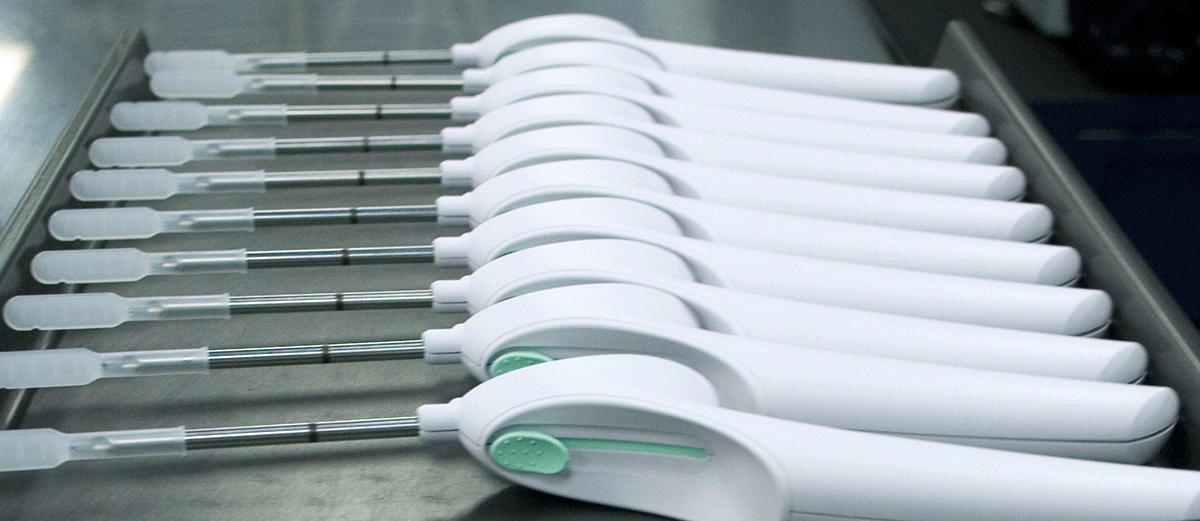When it comes to complex parts and products with injection molded components, an assembly step is often necessary. If plastic parts must be joined together and approaches such as overmolding are not possible, injection molded part assembly may be the only answer.
As a product design engineer, you face numerous challenges when you spec out the design for these parts. It is important to ensure an effective assembly process and a high-quality finished product. Concerns and considerations in plastic injected part assembly include:
- Implementing a process that does not add significant time to production
- Minimizing the number of additional parts for the bill of materials (such as fasteners)
- Maintaining the integrity and structural qualities of each molded part
- Assuring a high-quality finished product
- Assessing the needs of the finished product (such as disassembly)
- Choosing the best process possible
- Designing products and selecting materials for optimal compatibility
With these factors in mind, we will now look at several methods of injection molded part assembly.
Methods for Injection Molded Part Assembly
Based on the requirements of the finished product, as well as elements such as materials and cost, product design engineers have several methods from which to choose. These include:
- Ultrasonic welding: The components are held in place in a jig fixture and then subjected to high-frequency sonic vibrations from a transducer. The speed and movement of these vibrations melts the plastic surface of each component slightly so they can be bonded together at the point of contact. Once the sonic vibrations stop, the plastic cools back to its solid form, with the assembly completed. Spot welds and continuous welding are possible with this method. The process is best suited for materials that have melting points within 30 degrees F of each other, and it creates a permanent bond.
- UV bonding: A coating or adhesive is applied at the assembly point, which is then cured through the application of UV light. This option is ideal for bonds between molded plastics and nonplastic materials. It is a permanent assembly process.
- Adhesive bonding: This requires the application of an adhesive material to each component, which then bond together to create a lasting assembly.
- Solvent bonding: A liquid solvent is applied at the assembly point of each component, softening the plastic material. The components are then held together with pressure to create a bond as the solvent dries.
- Mechanical assembly: This involves designing parts to include fastener holes, self-mating features and other elements that enable physical, mechanical connection of the components. Mechanical assembly is generally the process of choice when disassembly is required, as all other common methods result in a permanent bond. If you are designing for manual assembly, be sure to minimize the number of extra parts (such as fasteners) that are required. Design as efficiently as possible (taking into account, for instance, symmetrical design in order to eliminate the need for multiple molds).
Crescent Industries Injection Molded Part Assembly Experts
At Crescent Industries, we offer a wide range of services to meet your product and quality requirements, with extensive expertise in engineering and value-add solutions. From ultrasonic welding services to design assistance for assembly, we are here to exceed expectations.
We provide comprehensive assembly solutions as part of our post-molding capabilities, as well as kitting expertise to help processes run efficiently and economically. By keeping these processes under one roof, you can save time and money — and have confidence that every aspect of production meets our exacting quality standards. For more information about injection molded parts assembly, contact us today.
To learn more about plastic injection molding, the injection molding process, post-processing operations and more, get the "Complete Plastic Injection Molding Guide".
Resources:
https://www.stackplastics.com/assembly
https://sealectplastics.com/news/how-to-assemble-plastic-injection-molded-components/
https://www.protolabs.com/resources/design-tips/how-to-design-for-assembly/


